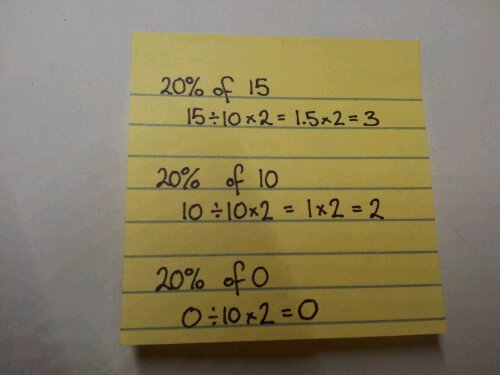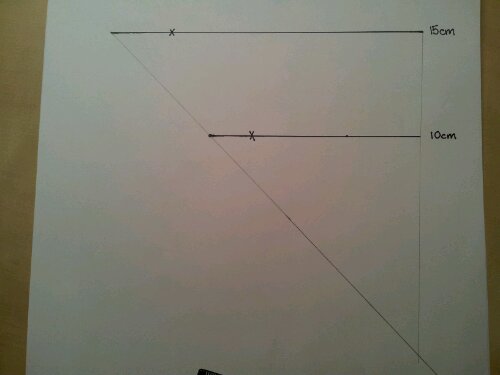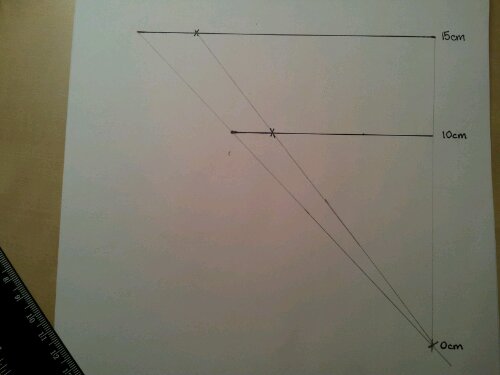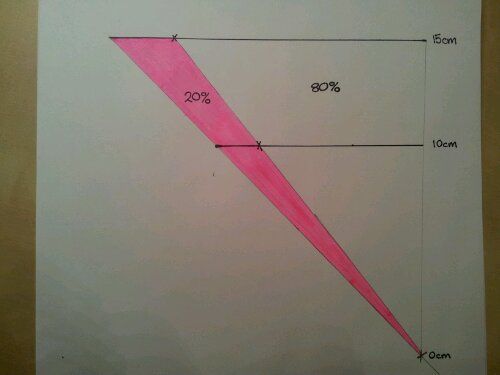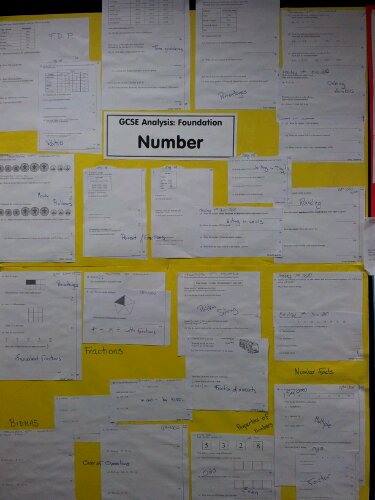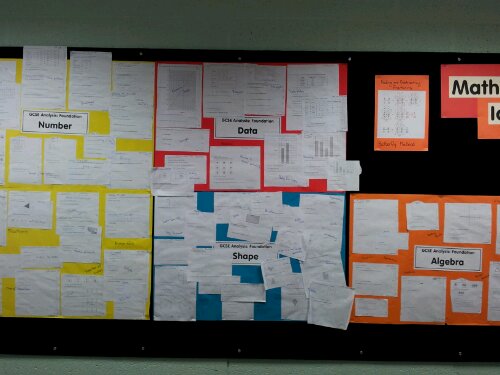I was sat in a coffee shop when I overheard the barista say to a customer ‘Take your time, there are about 20,000 different drinks available’.
Sounded like a mathematical challenge to me.

If the menu below was real, how many different drinks could made?
How many would be drinkable?
Size: S, M, L
Drink: Filter, Americano, Cappucinno, Machiatto, Latte, Espresso, Hot chocolate.
Coffee type: Decaf or caffeinated
Flavour: Vanilla, Mint, Hazelnut, Ginger, Caramel, None
Milk: None, whole, skimmed, soya
Hint: Be methodical, work out the hot chocolate options first.
Solution
Hot choc
Size *Flavour*Milk = 3*6*4 = 72
Coffee
Size*Drink*Type*Flavour*Milk =
3*6*2*6*4 = 864
Total number of drinks
864 + 72 = 936
This doesn’t consider extra shots of coffee or syrup. Imagine how many variations there are in a big coffee shop!
Me … I’ll have a black filter, no milk, no sugar.
Like this:
Like Loading...



